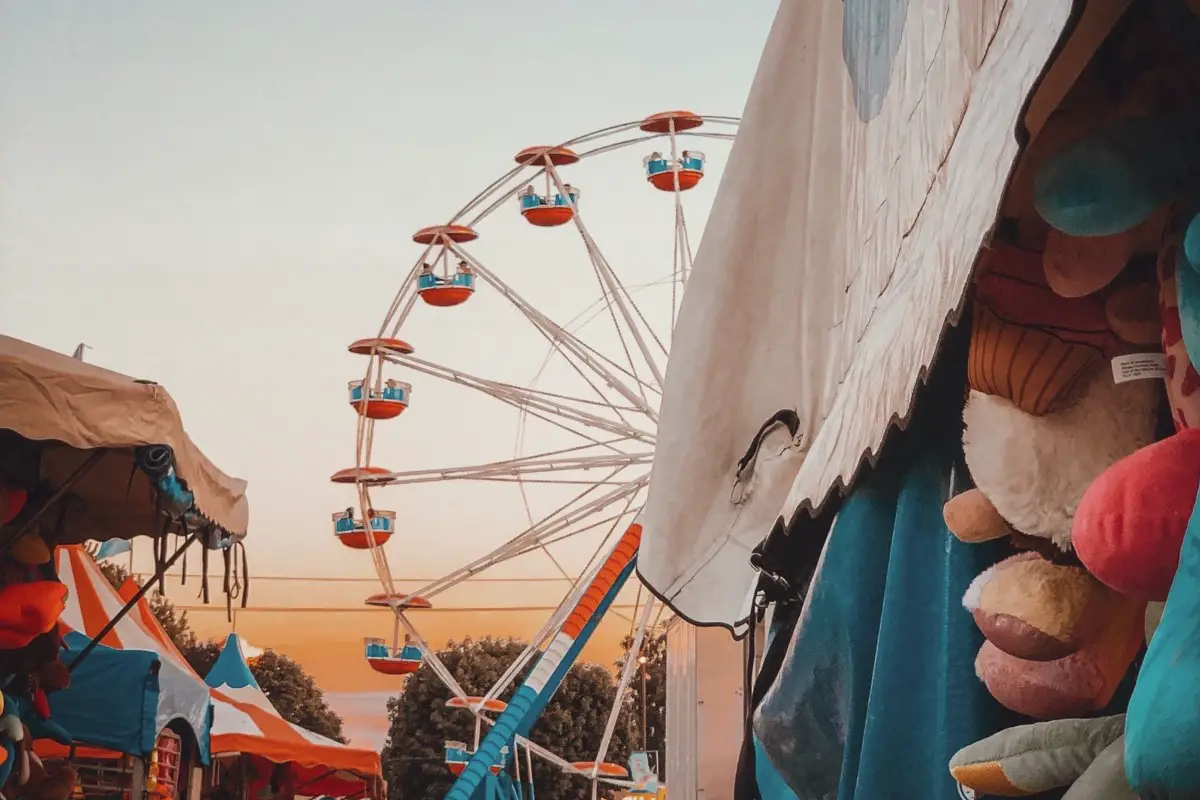Have you ever been to a carnival? What about a rural show? A fairground? Circus? For sure you’ll have seen depictions of fairgrounds on TV and movies. They have a very specific vibe, and storytellers love them.
I think of my novels as being something like fairground rides: my job is to strap the reader into their car at the start of chapter one, then trundle and whizz them through scenes and surprises, on a carefully planned route, and at a finely engineered pace.
SARAH WATERS
Fairgrounds are an example of what Foucault called a heterotopia. They are this ‘other’ place, not quite like the real world, where only certain people are admitted. In the case of a fairground, you need a ticket. (Or you at least need to pay for the attractions.)
Some stories revolve around a fairground as central setting. Check out my analysis of Adventureland.
Now let’s check out a few examples of fairgrounds from literature.
THE FAIRGROUND FROM CHARLOTTE’S WEB BY E.B. WHITE
E.B. White advised writers to cut out as many words as possible, but this advice needs to be taken in context. White was an absolute master of lists. Look at his long, evocative list of fairground food below. You can probably almost smell the setting:
“I’m staying right here,” grumbled the rat. “I haven’t the slightest interest in fairs.”
“That’s because you’ve never been to one,” remarked the old sheep . “A fair is a rat’s paradise. Everybody spills food at a fair. A rat can creep out late at night and have a feast. In the horse barn you will find oats that the trotters and pacers have spilled. In the trampled grass of the infield you will find old discarded lunch boxes containing the foul remains of peanut butter sandwiches, hard-boiled eggs, cracker crumbs, bits of doughnuts, and particles of cheese. In the hard-packed dirt of the midway, after the glaring lights are out and the people have gone home to bed, you will find a veritable treasure of popcorn fragments, frozen custard dribblings, candied apples abandoned by tired children, sugar fluff crystals, salted almonds, popsicles, partially gnawed ice cream cones,and the wooden sticks of lollypops. Everywhere is loot for a rat–in tents, in booths, in hay lofts–why, a fair has enough disgusting leftover food to satisfy a whole army of rats.”
Templeton’s eyes were blazing.
“Is this true?” he asked. “Is this appetizing yarn of yours true? I like high living, and what you say tempts me.”
“It is true,” said the old sheep. “Go to the Fair Templeton. You will find that the conditions at a fair will surpass your wildest dreams. Buckets with sour mash sticking to them, tin cans containing particles of tuna fish, greasy bags stuffed with rotten…“
“That’s enough!” cried Templeton. “Don’t tell me anymore I’m going!”
E.B. White, Charlotte’s Web
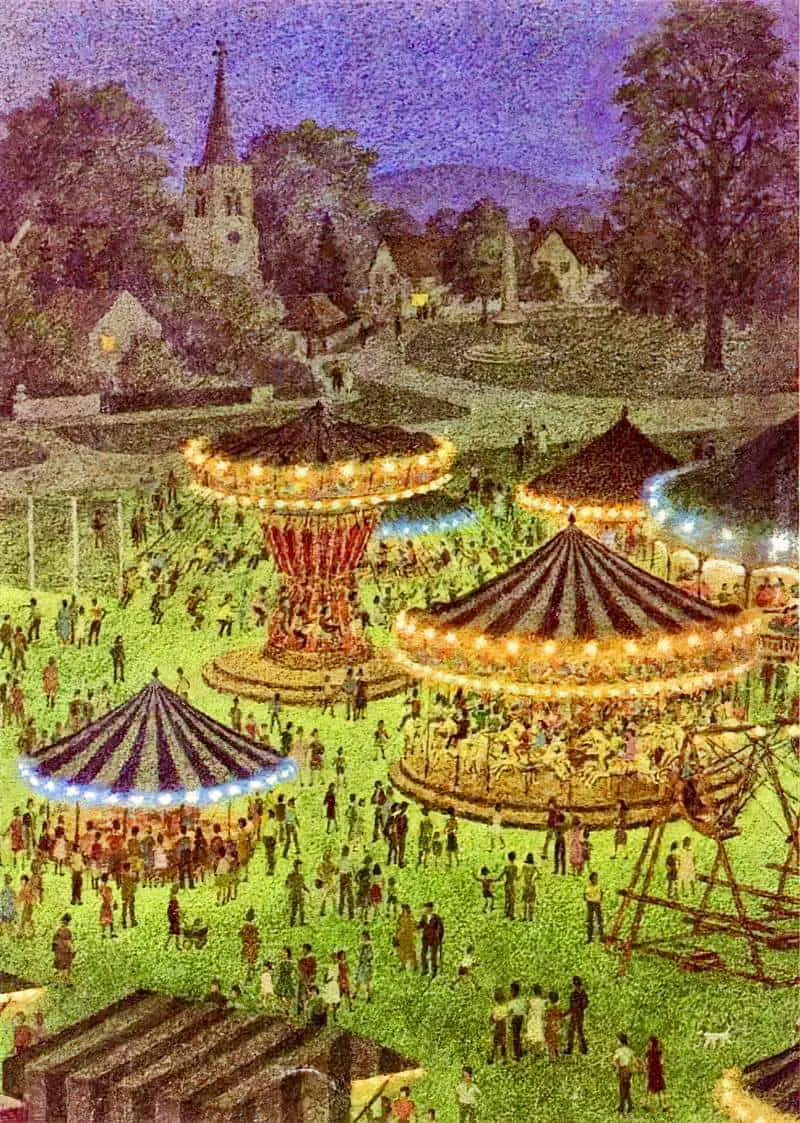
THE FAIRGROUND FROM WOMAN OF LIGHT
Now for an example from contemporary adult literature.
The following passage describes a carnival set in 1933 Denver. The character Luz Lopez is a tea-leaf reader:
Luz Lopez sat with her auntie Maria Josie near the banks where the creek and the river met, the city’s liquid center illuminated in green and blue lights, a Ferris wheel churning above them. The crowds of Denver’s chile harvest festival walked the bottomlands with their faces hidden behind masks of turkey legs and bundles of buttered corn. The dusk air smelled of horse manure and gear grease and the sweet sting of green chilies roasting in metal drums. Through the smog of sawdust and food smoke, Luz was brightened by the flame of her kerosene burner, black hair curled around her noteworthy face, dark eyes staring into a porcelain cup. She wore a brown satin dress dulled from many washes–but still she shined.
[…]
It was an annual festival, a grouping of white tents and a lighted main stage. Denver’s skyline around them, pointed and gray, a city canyon beneath the moon. Rail yards and coal smelters coughed exhaust, their soot raining into the South Platte River. Young people had unlaced their boots and removed their stockings, wading into the moon’s reflection. Bats swooped low and quick.
[…]
Onstage, Pete Tikas was at the microphone in a maroon suit with a red carnation pinned to his lapel. “Calling all homegrown Denver gals,” he shouted, tapping the platform with his wooden cane, the sound booming. He owned the Tikas Market, and folks from all over, nearly every neighbourhood, called him Papa Tikas. They brought him gifts from their gardens–rosemary and cilantro, bootleg mezcal.
from Woman of Light, a 2022 novel by Kali Fajardo-Anstine
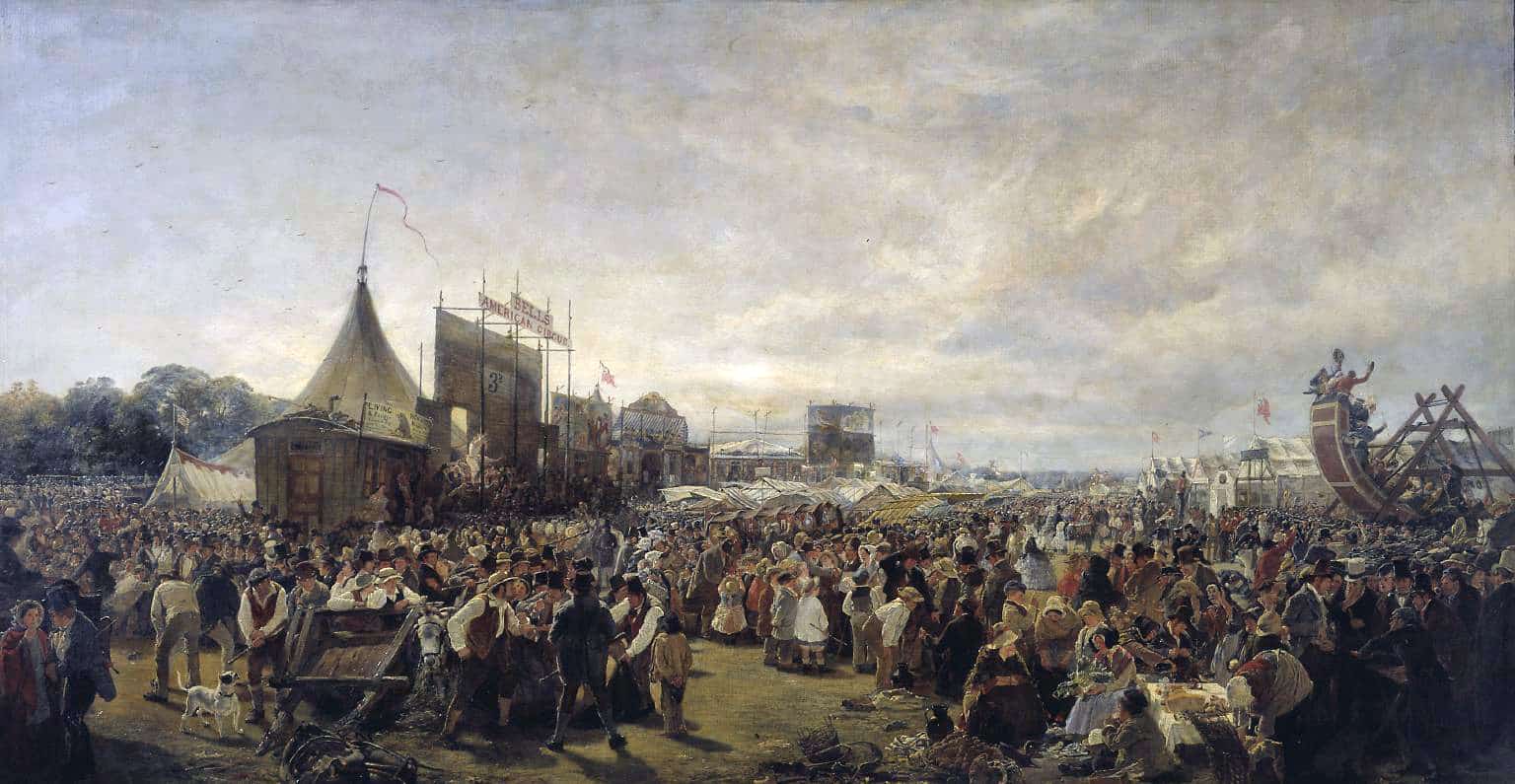
OTHER FAIRGROUNDS IN ART AND STORYTELLING
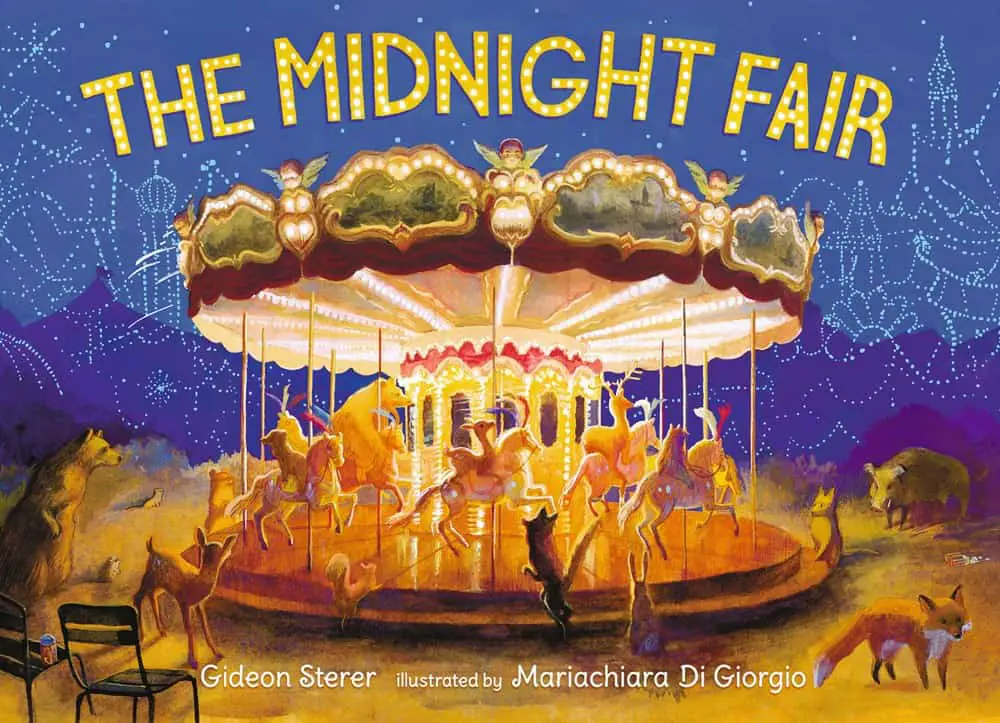
As darkness falls on the fairgrounds, the animals venture out of the woods for one magical, memorable night! An exhilarating wordless picture book.
Far from the city, but not quite the countryside, lies a fairground. When night comes and the fair is empty, something unexpected happens. Wild animals emerge from the forest, a brave raccoon pulls a lever, and the roller coasters and rides explode back into bright, neon life. It’s time for the woodland creatures to head to the fair! In a gorgeous wordless picture book, author Gideon Sterer and illustrator Mariachiara Di Giorgio offer an exuberant take on what animals are up to when humans are asleep. Suffused with color and light, the panel illustrations celebrate the inherent humor and joy in deer flying by on chair-swings, a bear winning a stuffed bear, three weasels carrying a soft pretzel, and a badger driving a bumper car. With thrills both spectacular and subtle, Midnight Fair will have readers punching their tickets again and again to revel in this fantastic nocturnal world.
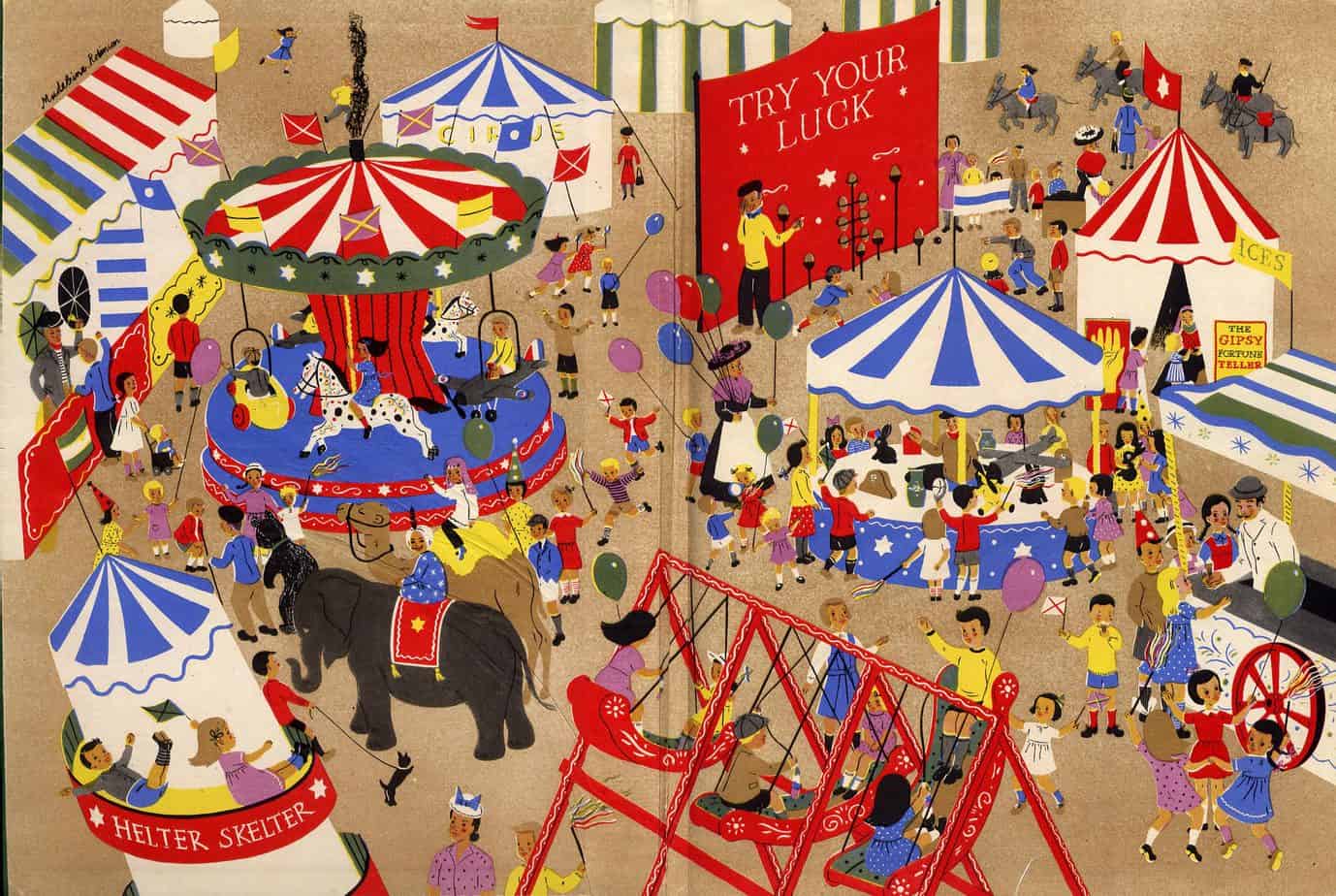
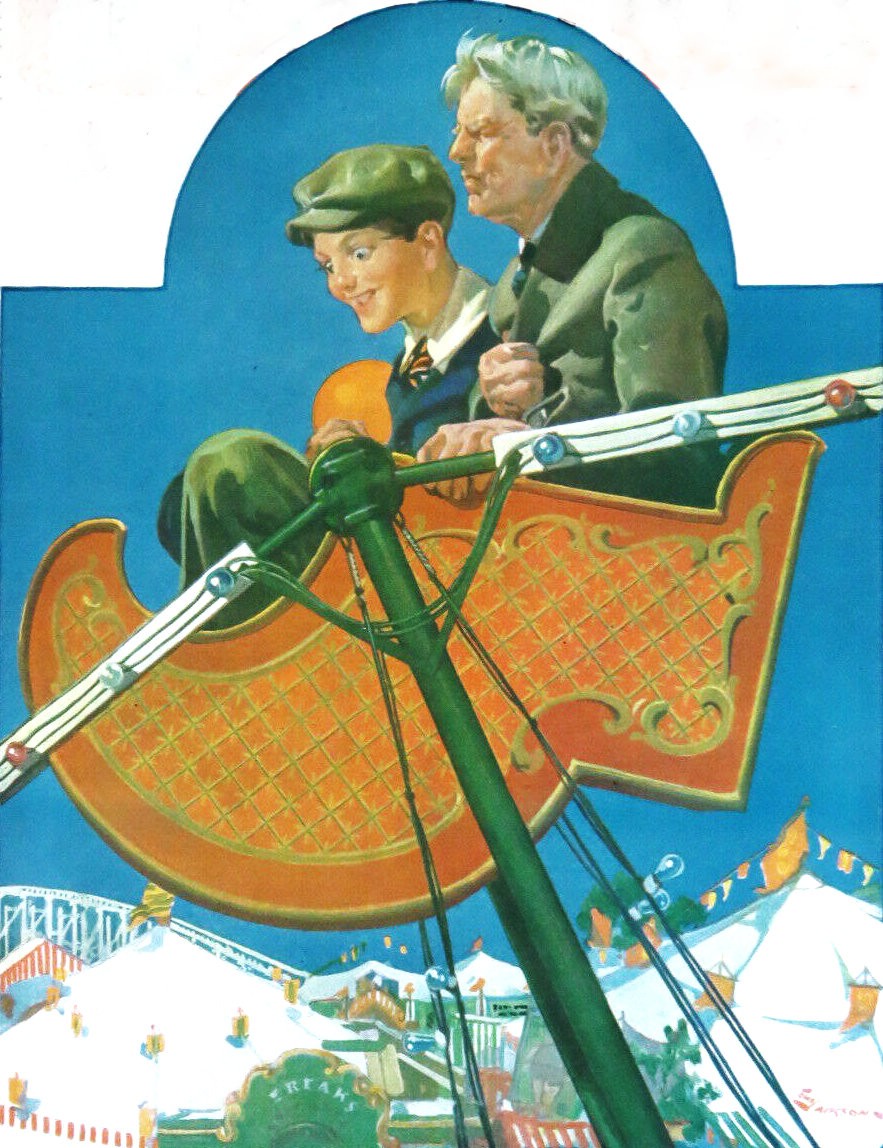
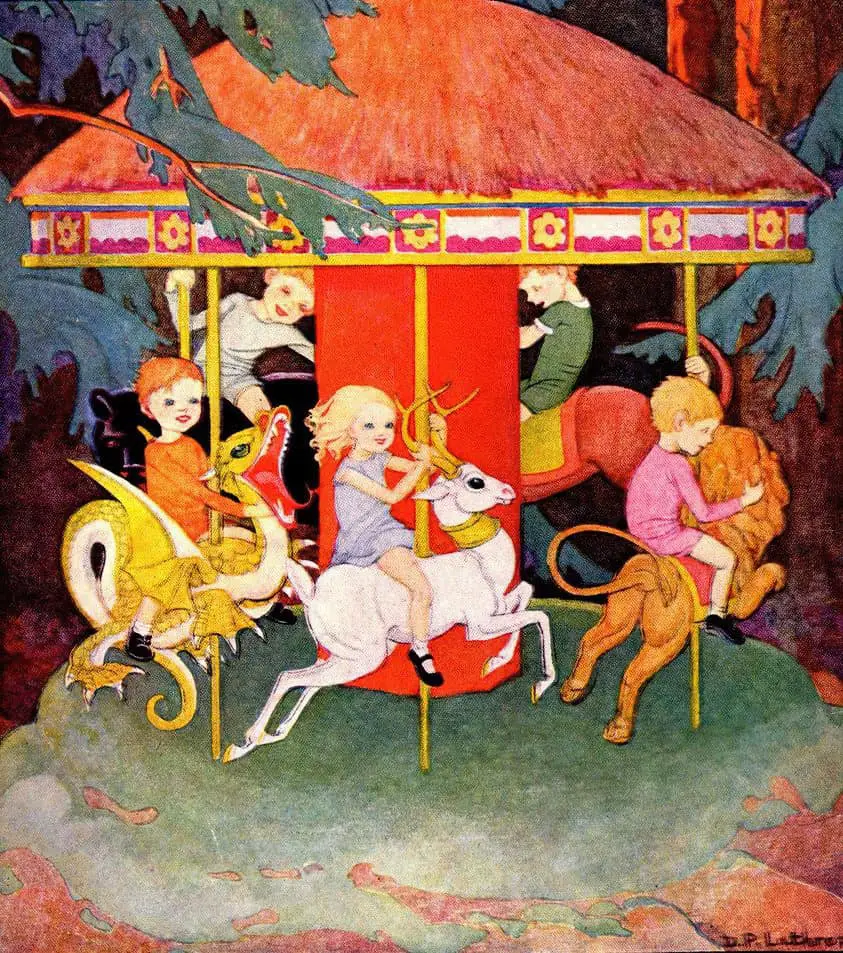
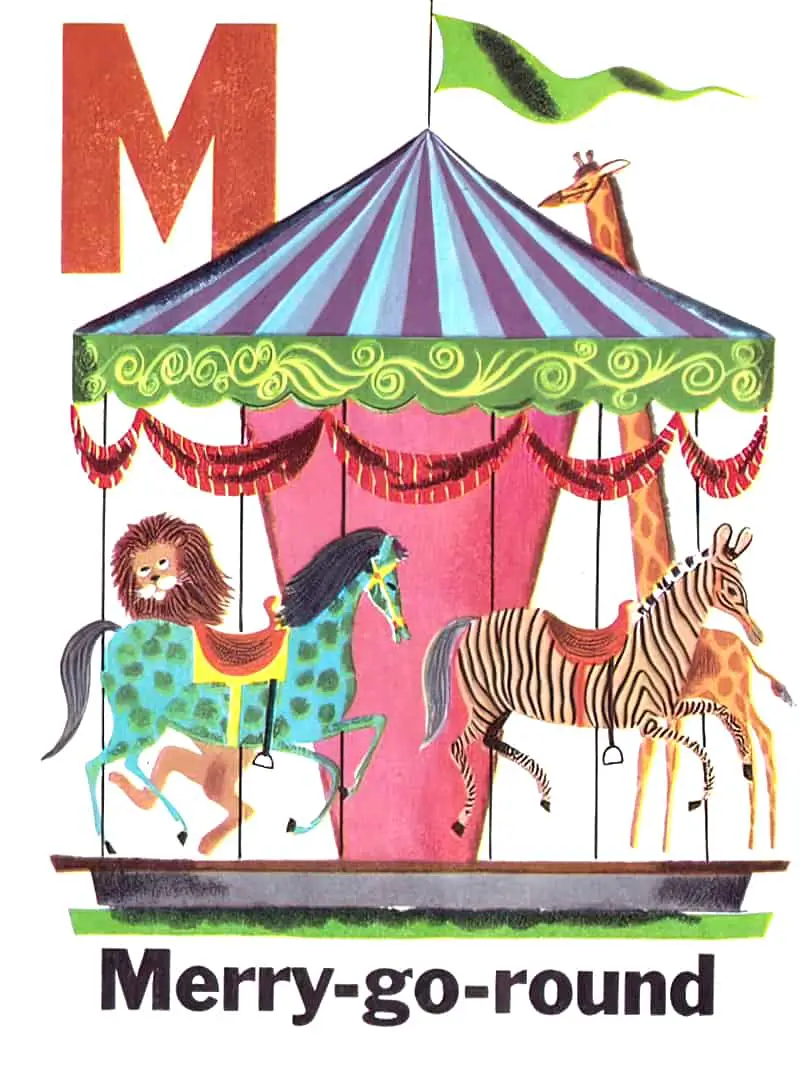
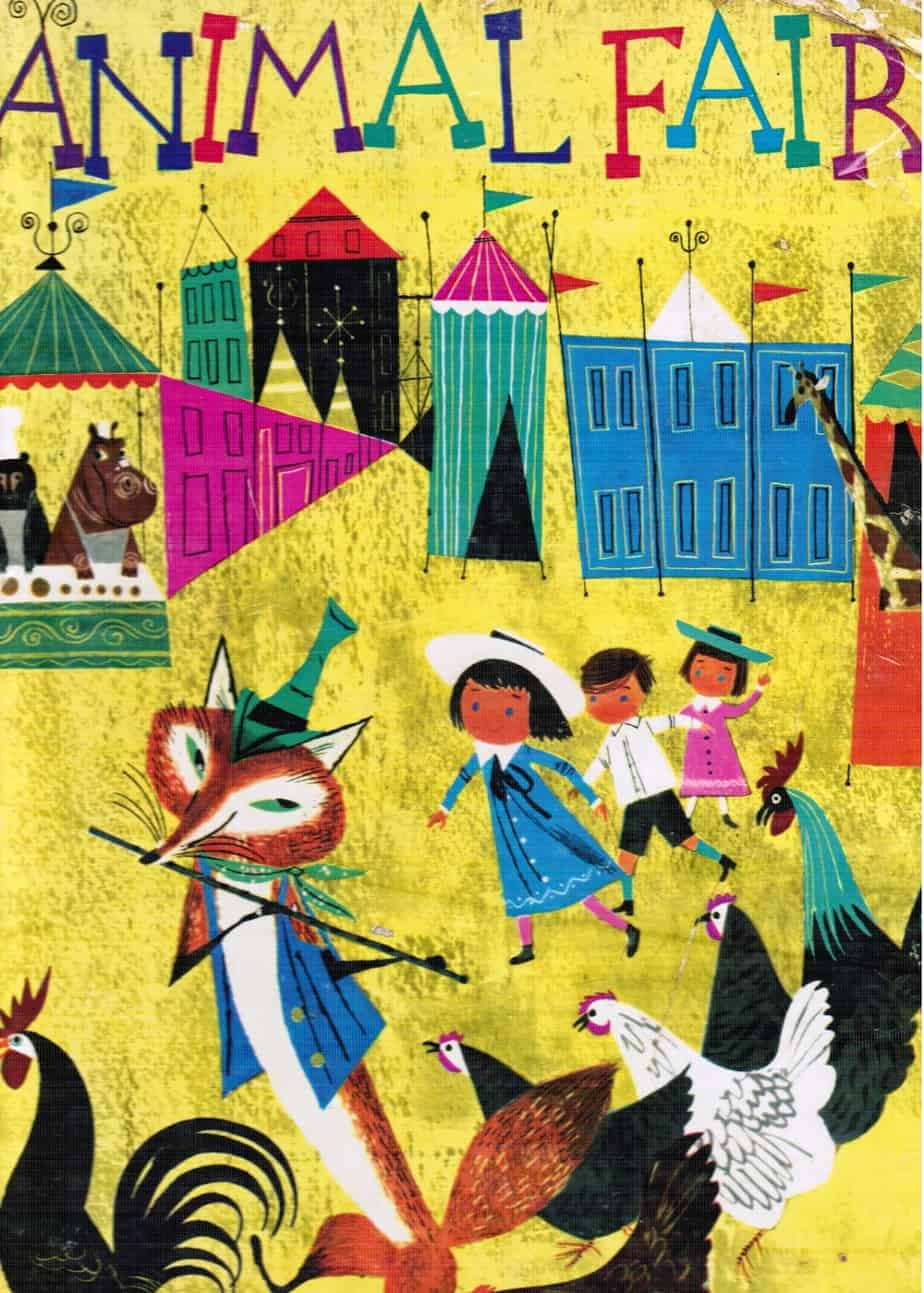
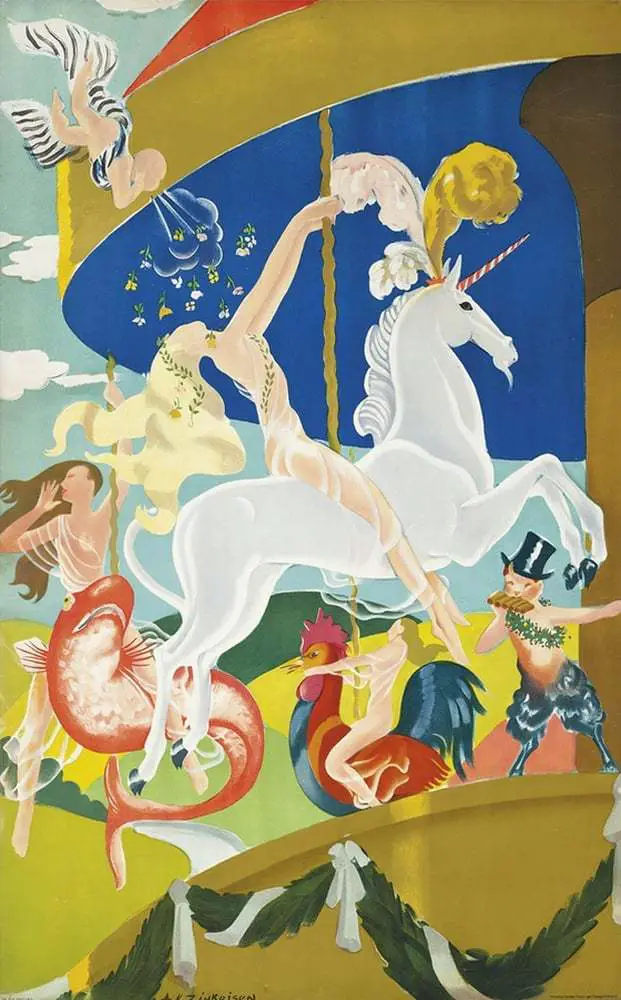
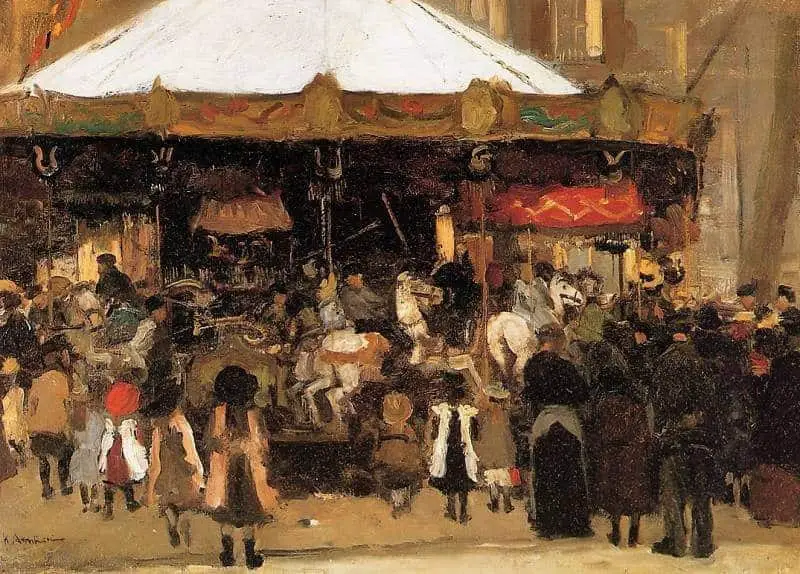
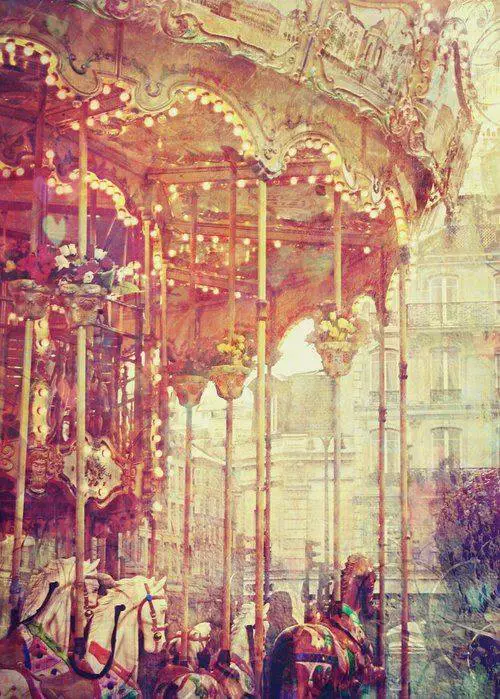
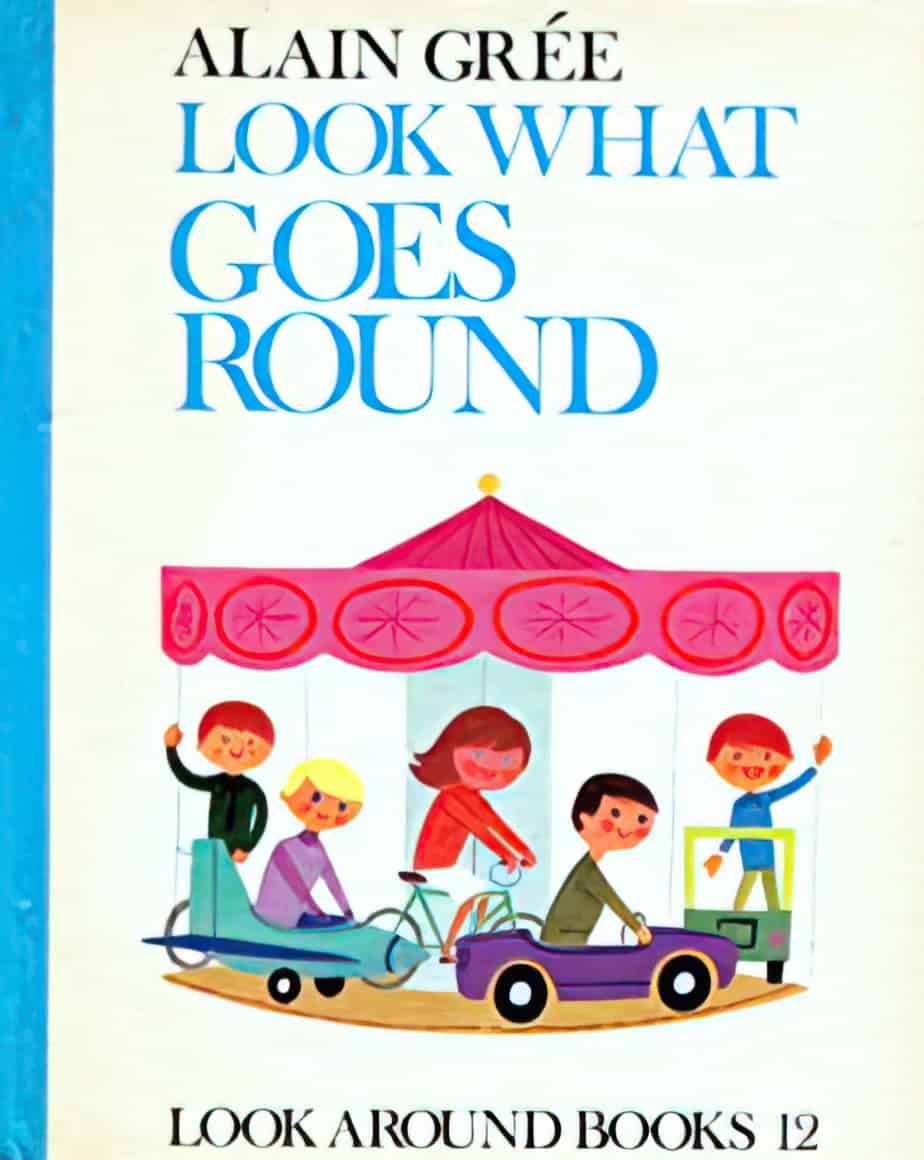
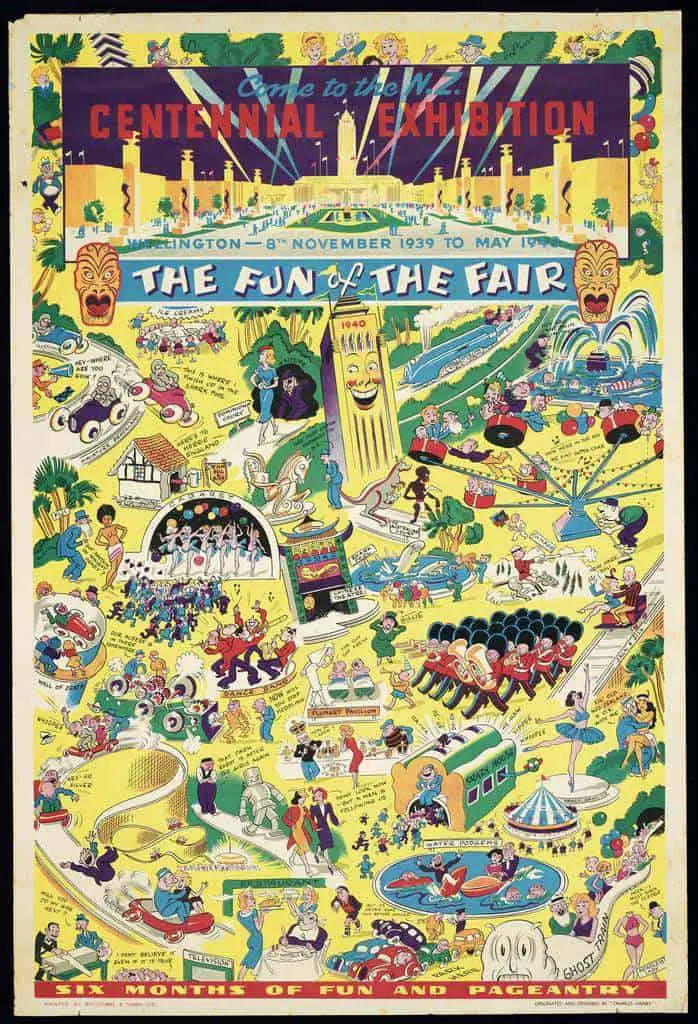
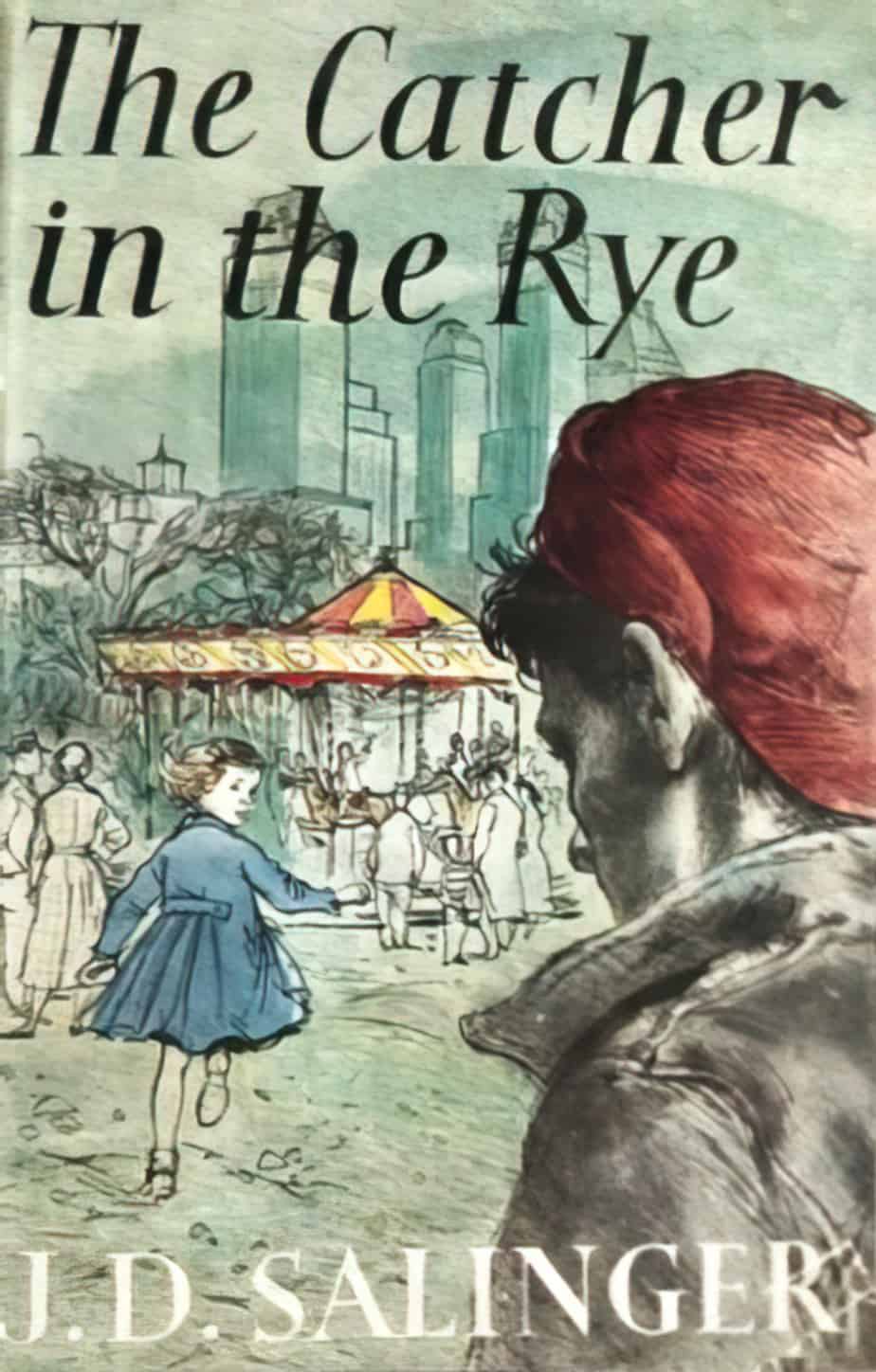
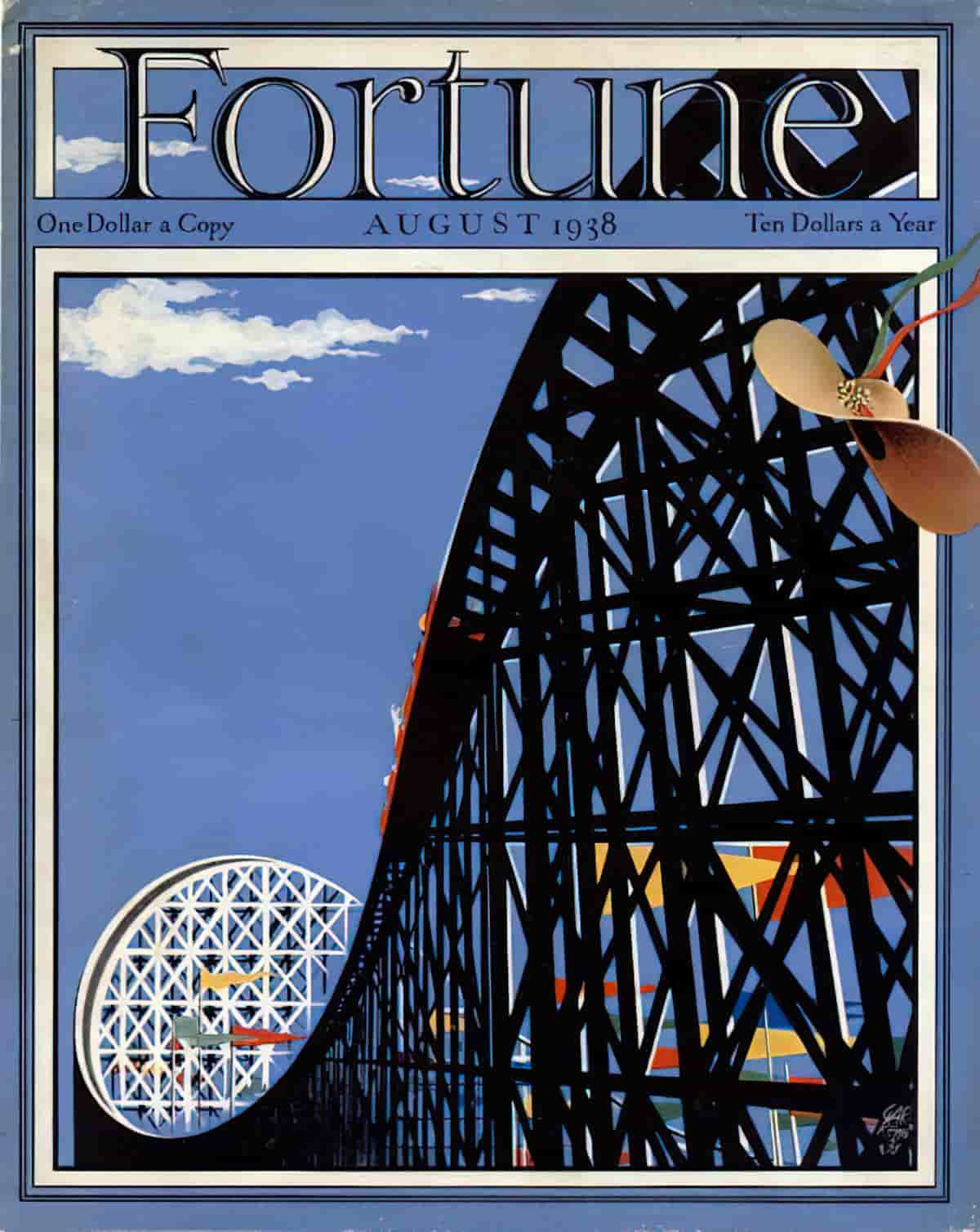
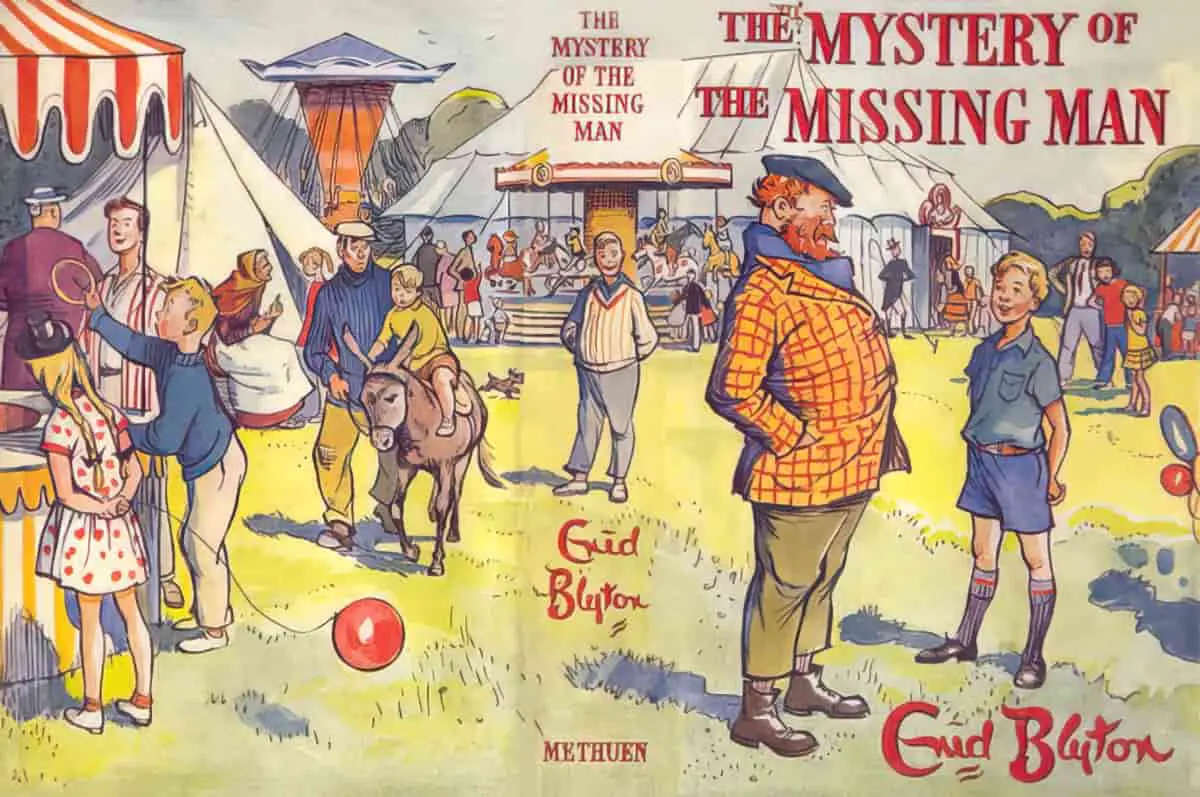
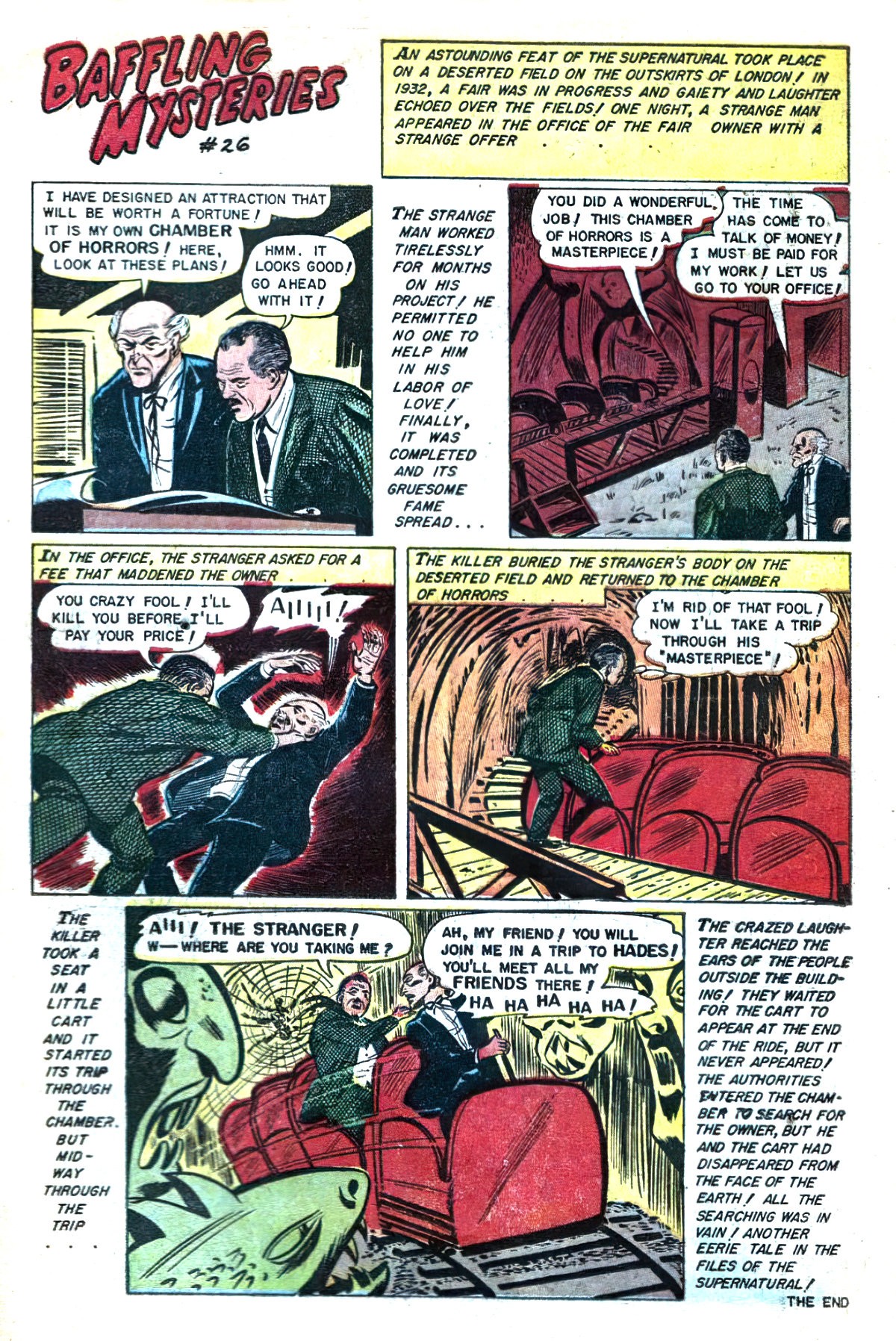
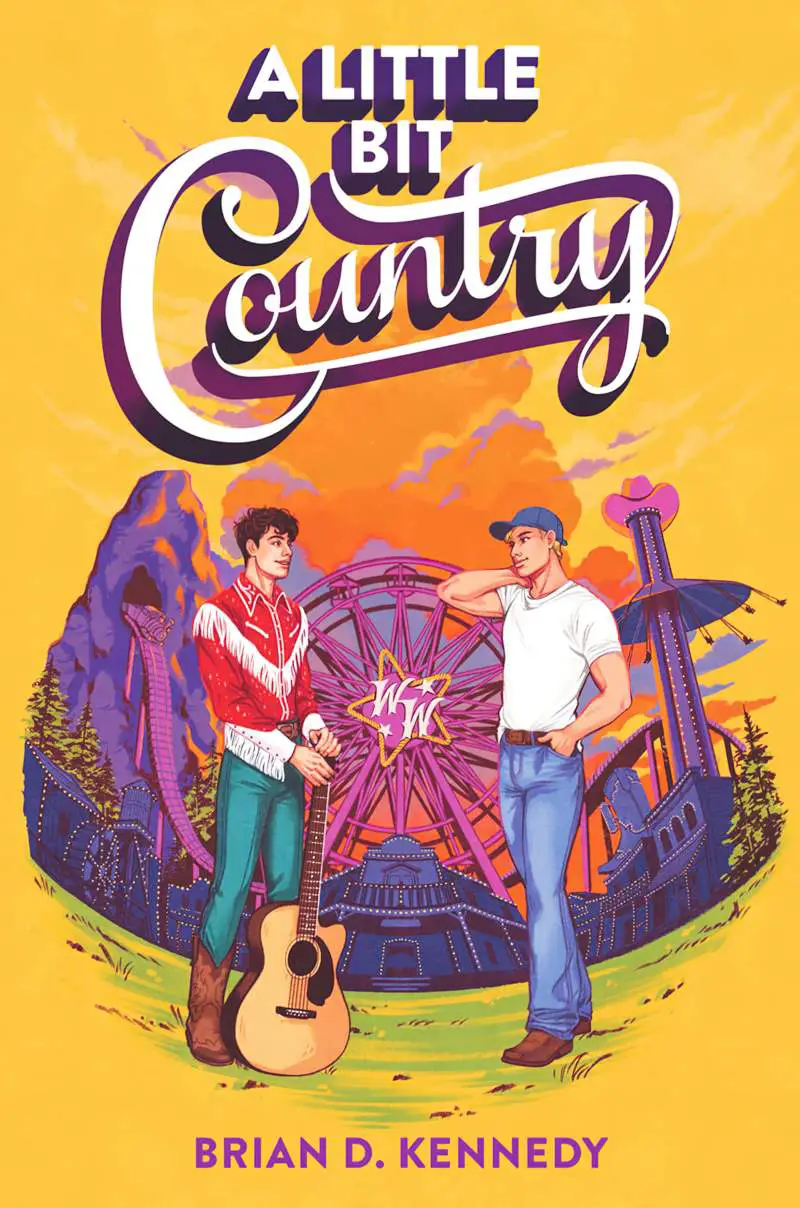
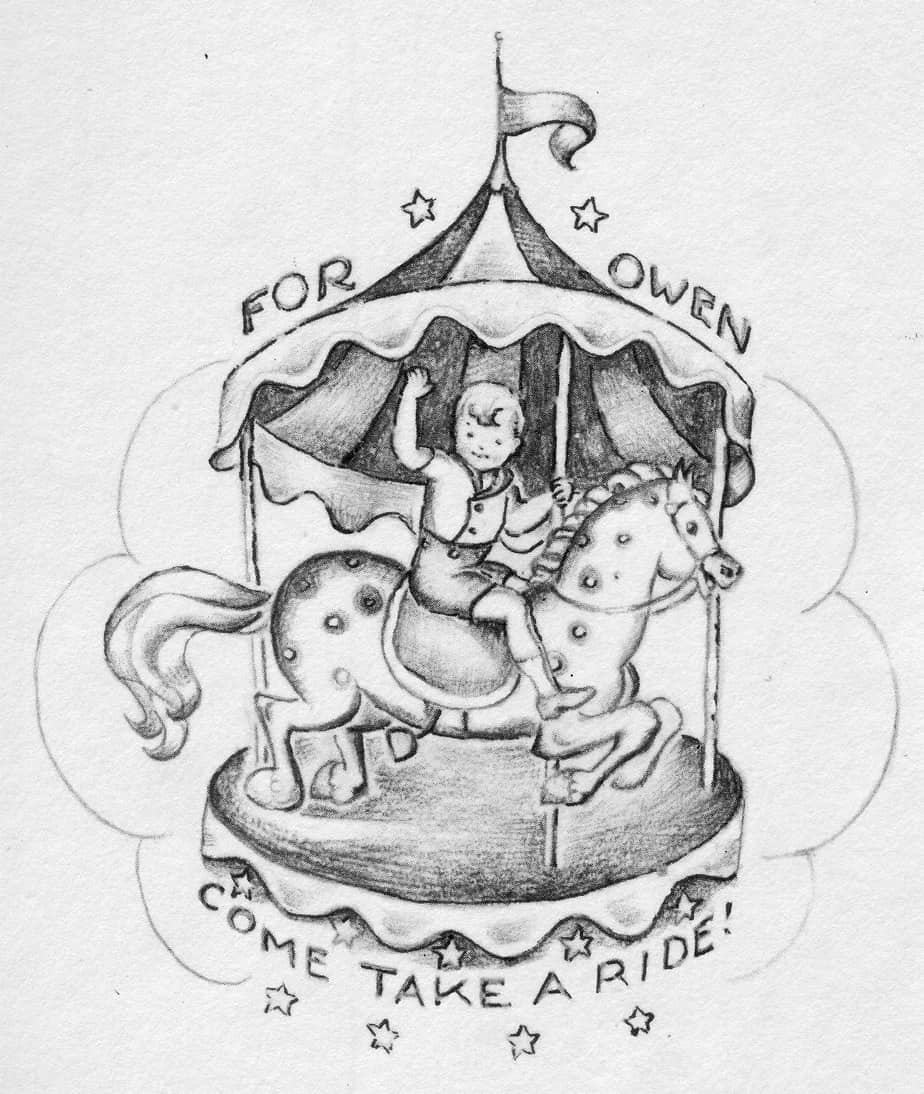
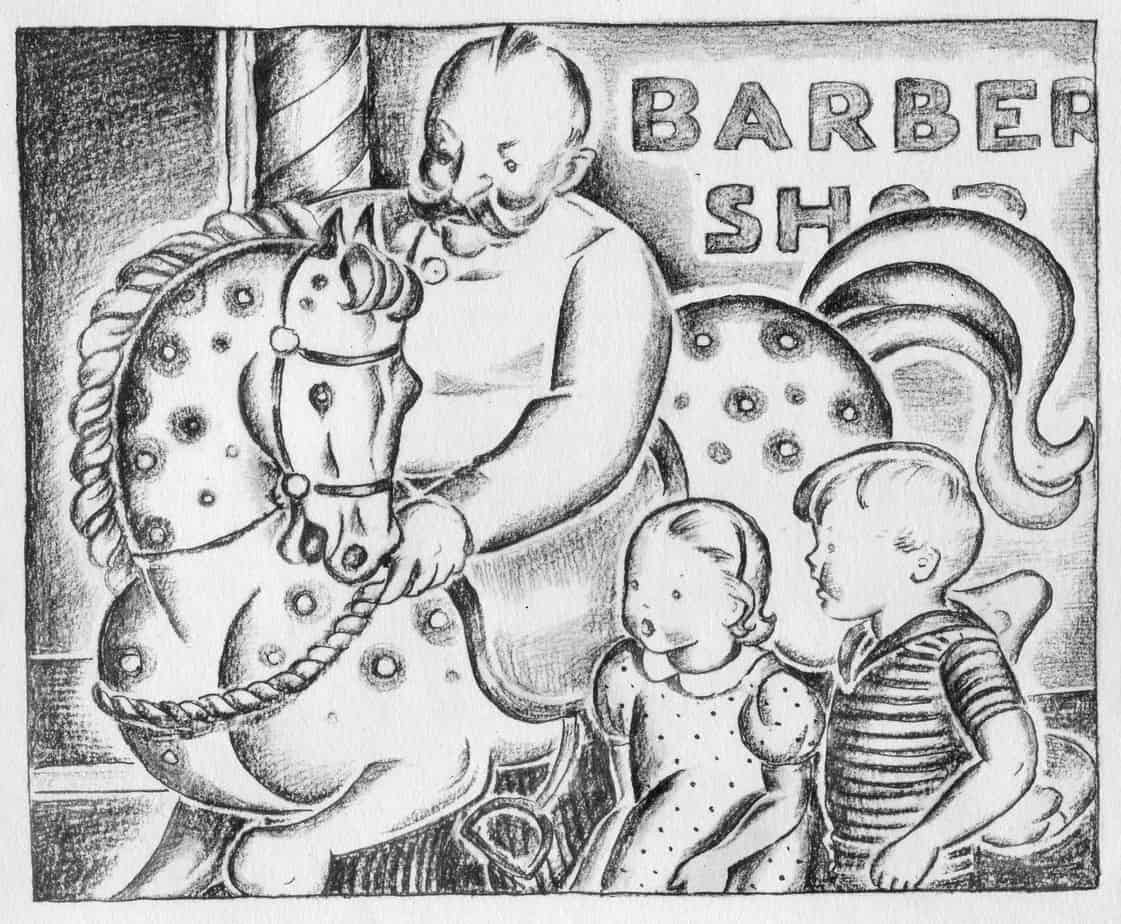
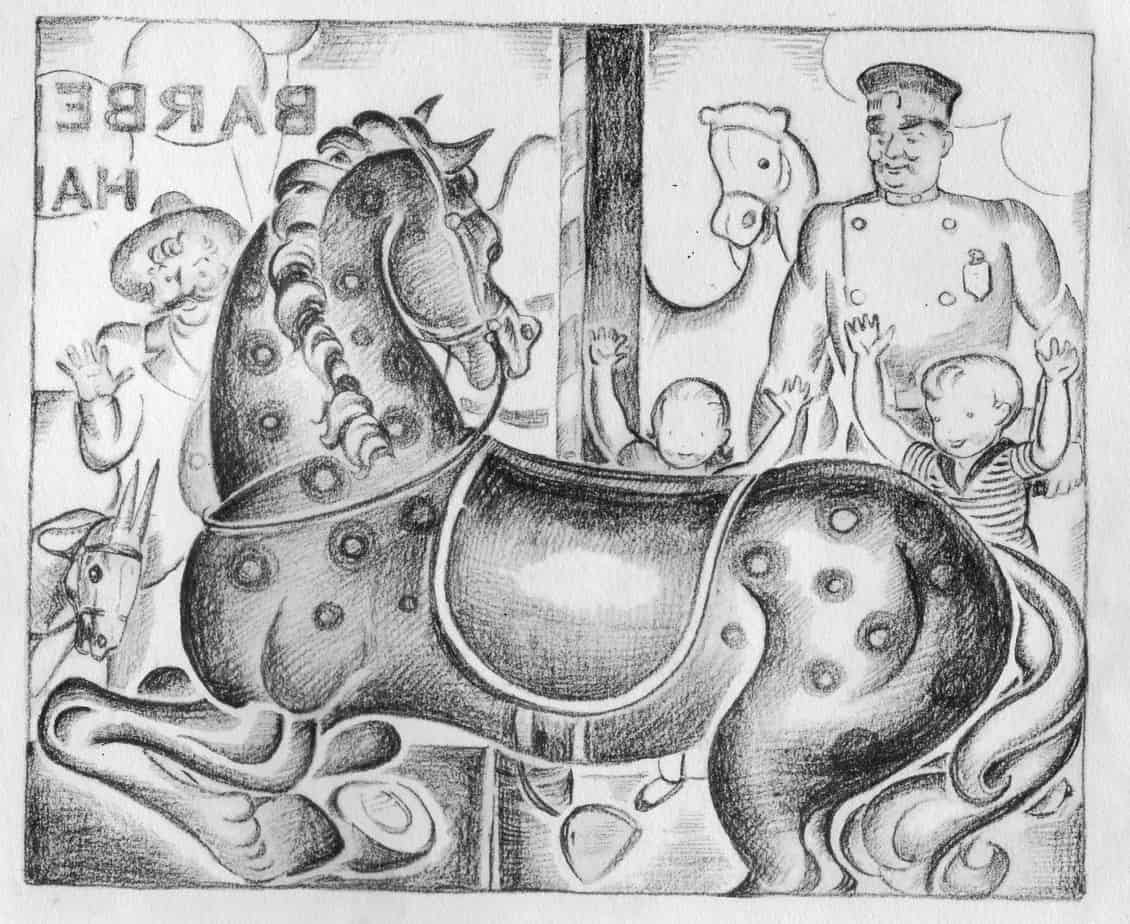
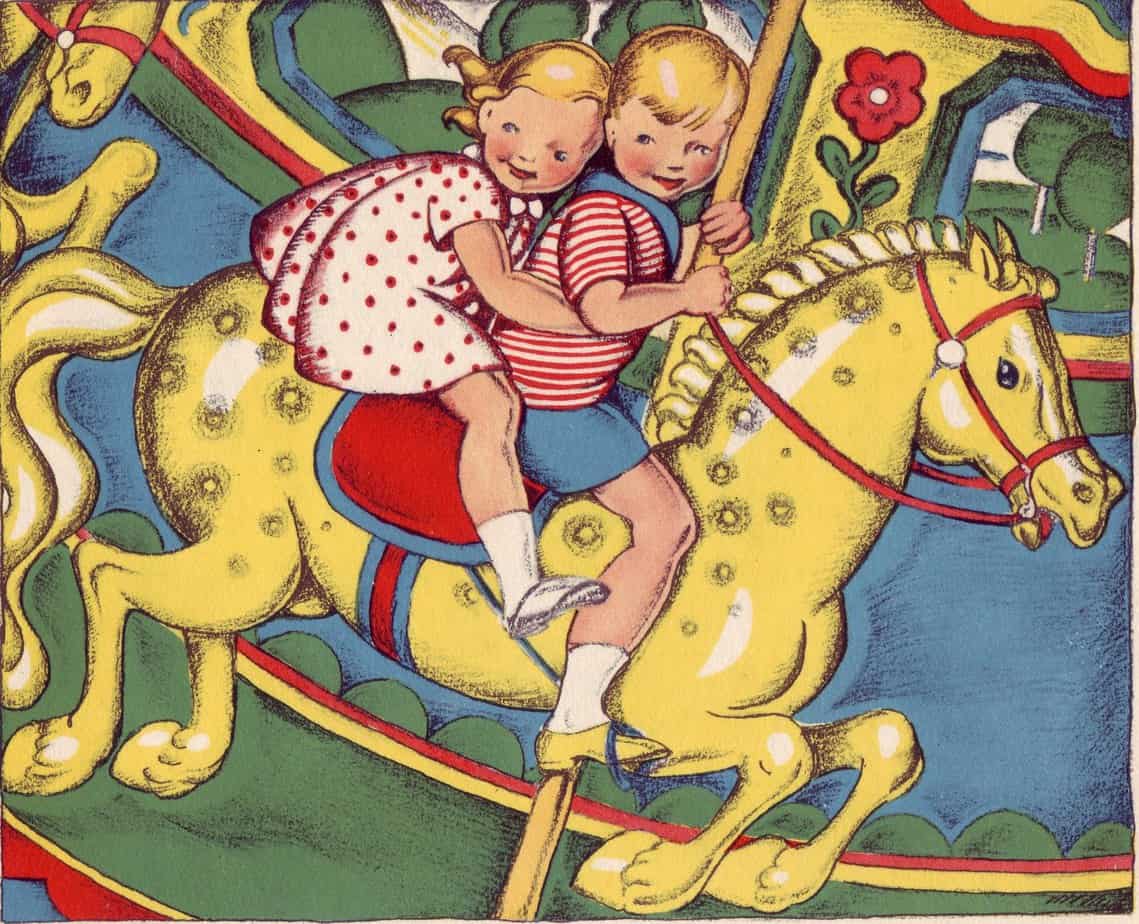
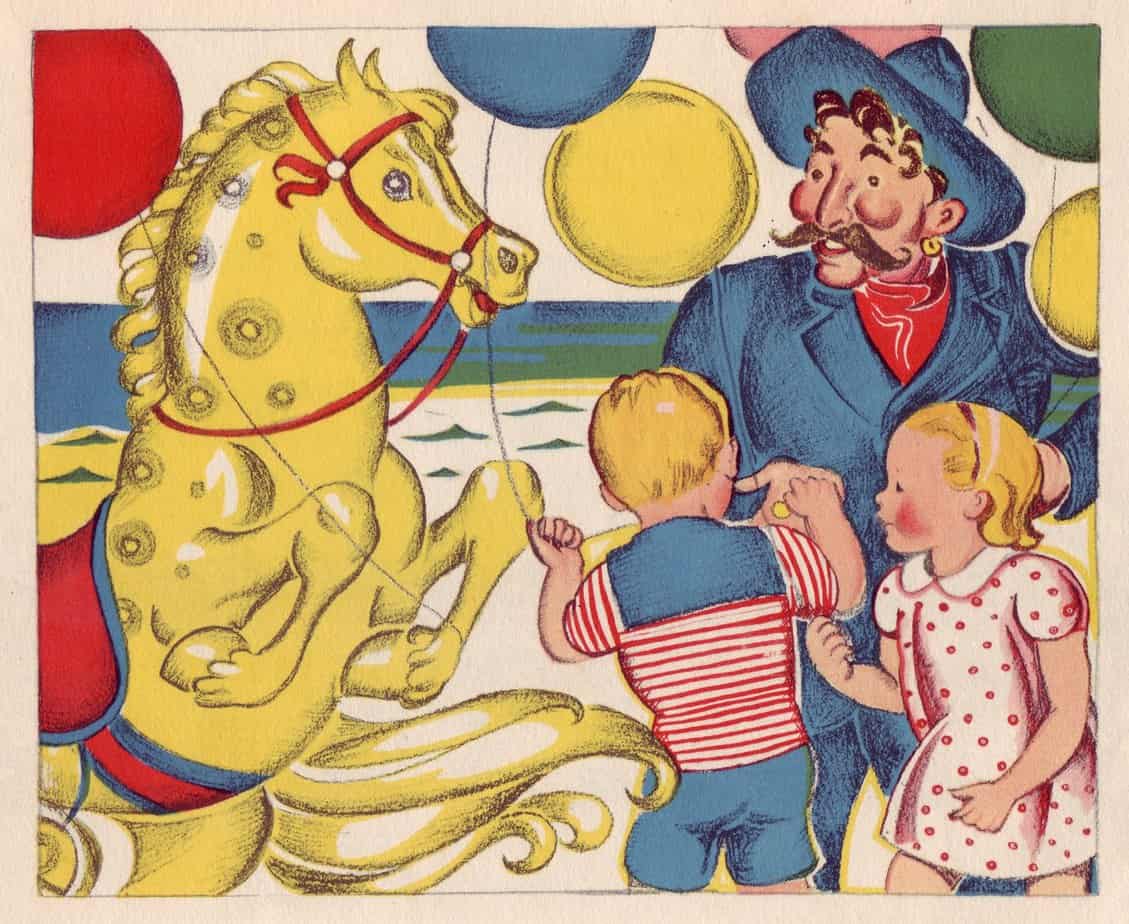
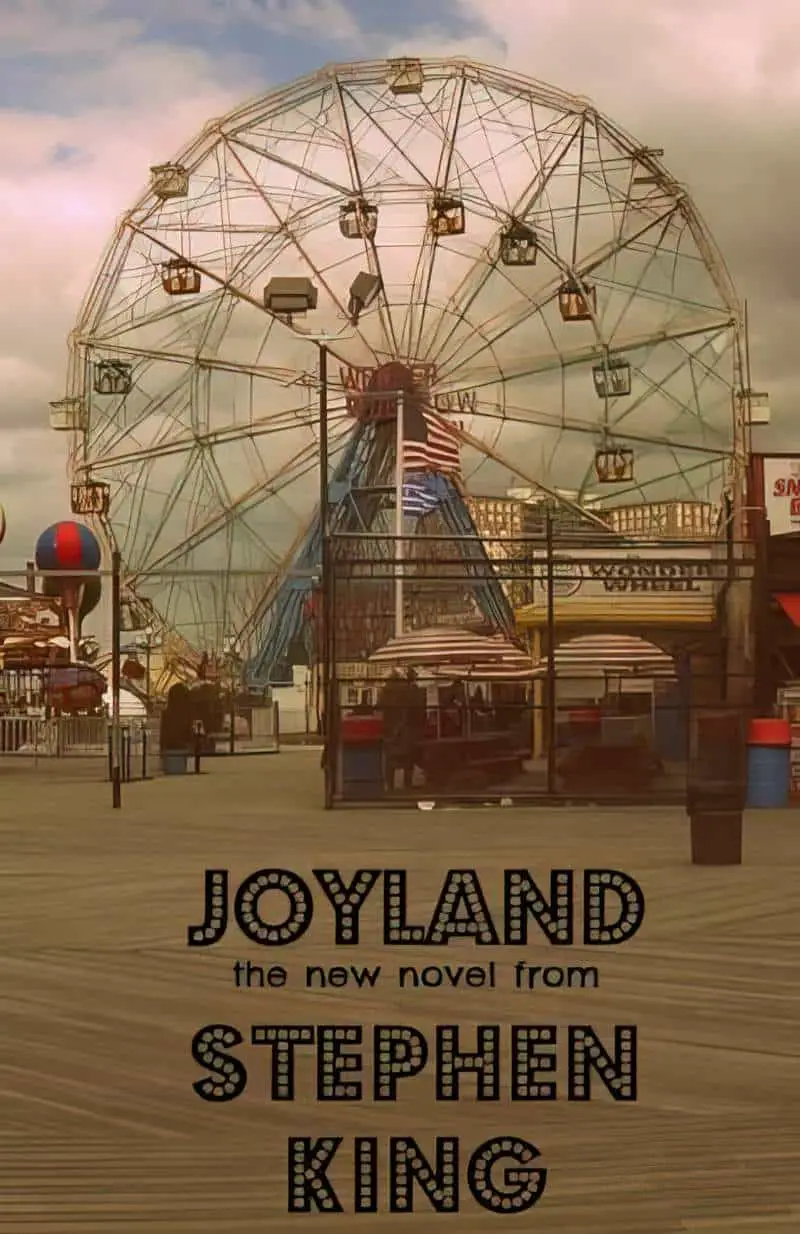
FOR FURTHER INVESTIGATION
Certain foods are associated with carnivals and fairgrounds. Peanuts are one.
Peanuts have a long history tied to indigenous South American people, early traders, and slavery. It was African slaves who brought the peanut to Virginia and planted and harvested the first crop. Some of those early harvesting techniques are now being preserved by a 4th generation peanut farmer and a 3rd generation peanut company. We learn how on this episode about peanuts.
Heritage Radio Network
